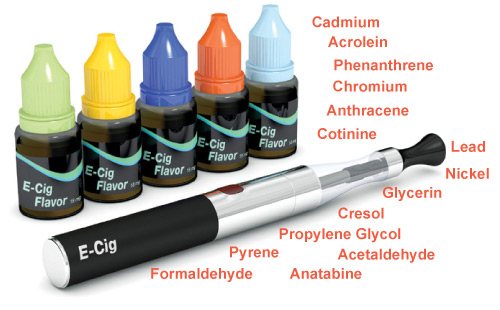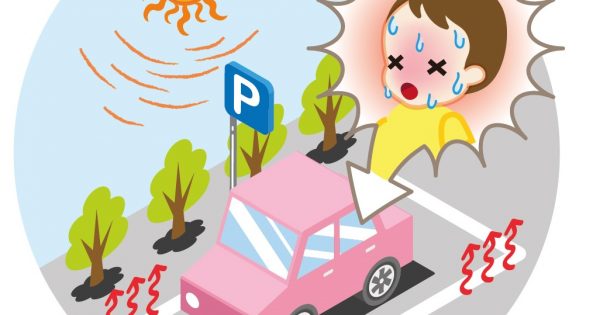Existing evidence shows that e-cigarette vapour is not exclusively made up of water as is often claimed in the marketing of these products.
They look like and were designed to imitate the experience of smoking the real thing – minus the burning of tobacco. The electronic cigarette (or e-cigarette) market has nett an estimated $3 billion in global sales with more than 400 brands to date since it was first introduced in 2005.
E-cigarette: What’s In It?
Nicotine is the primary addictive substance in tobacco cigarettes. Many smokers are unable to quit because of the nicotine addiction. To assist in tobacco harm reduction, manufacturers of e-cigarettes have made claims that the e-cigarettes can deliver nicotine vapour in various concentrations without the combustion products that are responsible for the smoking damaging effects.

However, various chemical substances and ultrafine particles which are toxic, carcinogenic and known to cause respiratory and heart disease have been identified in e-cigarettes and, could still pose health threats.
Vaping is the use of or the reference to the vapourisation and inhalation of an e-cigarette. Vaper is an e-cigarette user.
Lesser of Two Evils?
Some studies claim the devices help smokers quit, while others suggest e-cigarettes may encourage the initiation of smoking and sometimes promote their dual use with conventional cigarettes as well. It is quite a fierce debate and there are merits in the arguments made at both ends.
However, a position statement was made during the Forum of International Respiratory Societies in 2014 which strongly opposes the unregulated production and use of e-cigarettes. Their position is that which is shared by numerous other reputable agencies such as the American Thoracic Society, Asian Pacific Society of Respirology, European Respiratory Society, International Union Against Tuberculosis and Lung Disease and the American Academy of Pediatrics.
Similarly, the WHO’s position has been made clear; e-cigarretes require global regulation in the interest of public health because there is insufficient evidence to conclude that it helps users quit smoking.
An Alarming Trend
In many countries, use of e-cigarettes by adolescents have doubled from 2008 to 2012. In Korea use of e-cigarettes among youth who never smoked before rose from 0.5% in 2008 to 9.4% in 2011 and in United States it rose from 3.3% in 2011 to 6.8% in 2012.

Some e-cigarettes have candy flavouring and attractive casings, which makes it appealing to children and adolescents. Additionally, there is no lingering tobacco-like smell. So it’s harder for parents to know if their children are vaping. So be extra vigilant and set your rules and limitations accordingly. Don’t forget to practise what you preach.
The Verdict
Given the benefit of the doubt, local health authorities, medical organisations and professionals in Malaysia have unanimously agreed that e-cigarettes should not precede available, medically-approved treatment options for smoking cessation. (i.e. nicotine replacement therapy or professional counselling)
Until there is further evidence to support the efficacy and safety of e-cigarettes, it cannot be recommended. If you are an e-cigarrete smoker, the least you can do is refrain yourself from vaping near or around your children and other members of the public. Be considerate and practise the same etiquette one would expect from a tobacco smoker.
Value for Money, But Not Health
E-cigarettes are sold openly and quite affordable even for teens – some sell for just RM50 each. A nicotine bottle on the other hand, costs a mere RM10 and can last about a month depending on use.
An educational collaboration with The Heart Foundation of Malaysia.






Comments